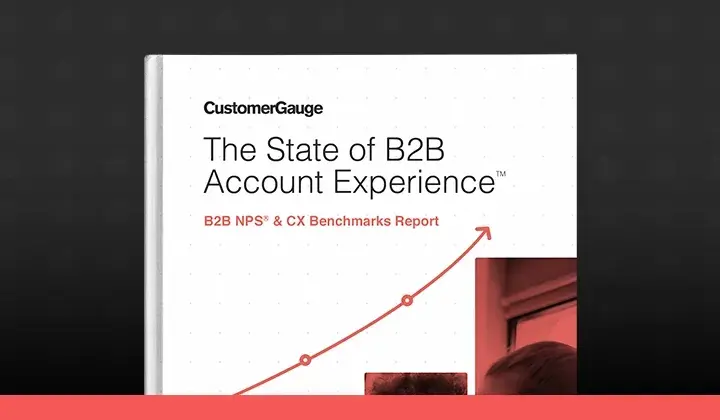So...you’ve surveyed your customer base and now you have a ton of feedback. How do you extract value from these comments? Or process all this data in a reasonable time frame? After you’ve done the foot work, sifting through all that data can feel like a daunting task. This is where text analytics comes into play. Text analytics can be especially valuable for metrics like the Net Promoter System®, where you can tie your Net Promoter Score to the results of your analysis.
Before we discuss what text analytics is and the value text analytics brings in processing feedback into actionable decision-making, let’s briefly cover just why comments are so important for gaining a clear view of customer experience.
A Complete Picture of Customer Experience
Written feedback offers a complete view of a customer's experience with your company.
Here’s just some of the reasons why feedback is so important:
- While the ultimate NPS question provides a wealth of information, comments can provide another layer of insight that offers more “why” behind a score. In the eBook Root Cause Analysis: The NPS Handbook® to Analyze the Drivers of Loyalty, author Jørgen Christensen discusses the use of the 5 Whys to find a solution for a problem. Think of customer feedback as another “Why” step in solving your customer experience problem.
- Typically, customers who give a high or low score on an experience have strong enough feelings for doing so. Customers feel less limited in expressing their concerns or enthusiasm when they can do so in their own words. Having a better understanding of the extremes for scores—like 10 or 0—also provides more accurate and actionable data.
- Customers are your greatest resource. Using customer feedback as a competitive advantage for promoting your brand is a win-win.
Minus internet trolls, all feedback is valuable. I know, I know, that’s a thing people “say” when they want to seem all pro-CX, blah, blah. But I implore you to internalize it none the less. Sometimes a business direction can seem so obvious to you, blindingly so. Customer feedback is the ultimate bubble-burster. Maybe your “ground-breaking” referral program is convoluted and not mutually beneficial. Maybe your cleverly crafted mission statement is a bunch of mumbo jumbo. You should be excited every time a customer bursts your bubble. It’s business advise YOU’RE getting paid for. It’s customers handing you the golden ticket to being the best version you can be. Your success is their success.
What is Text Analytics?
Text analytics is the process of deriving meaning from written communication.
Encouraging your customers to provide feedback is a no brainer. Limiting them is limiting yourself. However, if you’ve sent out a survey to 20,000 customers, and you get, say, 4,000 responses, and 1,000 of those include detailed customer comments, that’s still, well, 1,000 comments to sift through.
Text analytics breaks this feedback down into quantifiable data and provides business meaning to a customer's words. To better visualize the concept of text analytics, think of "word clouds". For example, for the header of this blog post, I used a word cloud generator to pick up on the frequency at which certain words are used in this article. In a similar way, text analytics draws attention to words that have both positive and negative connotations for a business. These can then be sorted into buckets such as "Customer Service", "Product", etc., to generate workflow follow-ups for promoters, passives, and detractors in your Net Promoter System.
There's a few methods with which text analytics can be used to do this...
Passive and Interactive Text Analytics: How to Make Sense of it All
There are a few different approaches to text analytics. I'm not here to say one is better than another, yada, yada. Here's what I do know: A lot of systems use what’s called “passive text analytics”. This is essentially tagging customer feedback after it’s been submitted. This requires algorithm training with large amounts of predefined text, but can still be powerful.
At CustomerGauge, this is done a bit differently and involves customer participation, if they so desire. CustomerGauge uses “real-time text analytics” through interactive tagging. As customers are typing their comments, tags are generated as shown in the video below.
By automatically tagging comments in real-time—presenting it just like a #hashtag—respondents can actively engage with their feedback and edit the tags presented. This ability to add or delete tags engages customers and provides a more accurate representation of the speech surrounding your business’s products and customers.
CustomerGauge’s use of text analytics is just one way to approach getting the most out of customer feedback. If you’d like to learn more about text analytics and determining root cause, check out the the newest eBook from CustomerGauge below. Happy reading!

